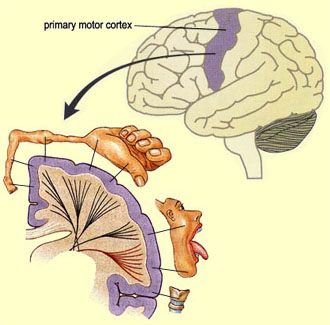
By Kelly Lohr
It has been known for a while that too much stress can be bad for your health. A new study now shows that it can affect your brain too. Research through a collaboration between Rockefeller University and Cornell University suggests that stress can been linked to harmful changes in some brain structures. Sometimes these brain changes can be advantageous, such as making new synaptic connections to remember and learn from a stressful, life-threatening event. However, some changes can be detrimental.

The project has identified a protein possibly involved in remodeling the brain under stress. It was found that the brains of mice lacking the protein called brain-derived neurotrophic factor (BDNF) look like the brains of stressed mice. The study examined changes in the neurons of the hippocampus, a brain area important in memory, mood, and cognition. When normal mice were stressed through confinement to a small space, the tiny projections on their neurons called dendrites retracted in the hippocampus. The hippocampus itself was also reduced in overall volume. The study compared these mice to other mice that were missing a copy of the gene that produces BDNF. It was found that these genetically-altered mice had brains resembling those of stressed mice.
Not only does this finding show that stress can produce brain changes. Bruce McEwan of Rockefeller University suggested that BDNF also may be “one of the proteins that play a role in mediating the brain’s plasticity.” This holds promise for a better understanding of the role of neuronal remodeling in the hippocampus and its importance in memory and emotion.
Written April 13, 2010
For more information, visit http://www3.interscience.wiley.com/journal/123249229/abstract?CRETRY=1&SRETRY=0.







